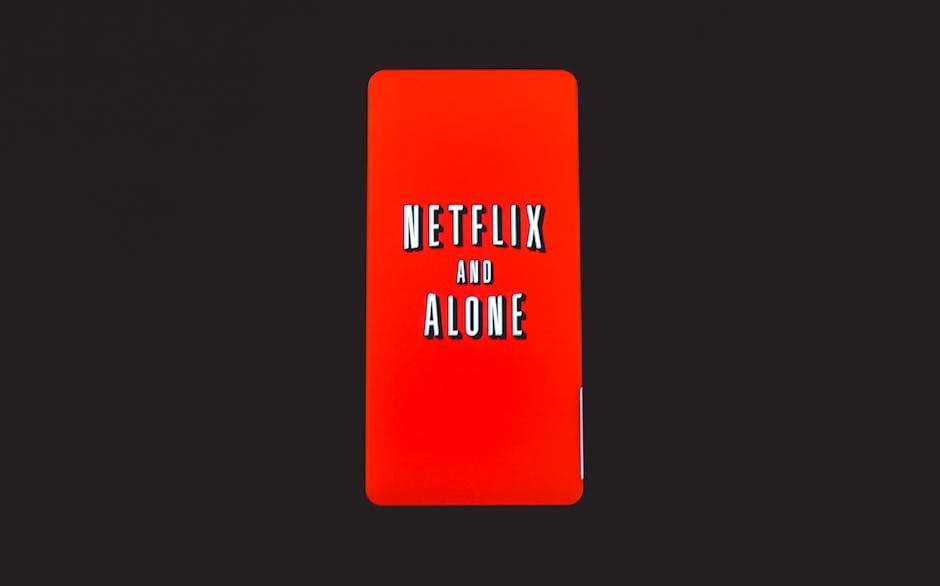Exploring the World of Subscription-Based Streaming
Imagine having access to a vast library of movies, TV shows, music, and more at your fingertips, all for a monthly fee. This is the allure of subscription-based streaming services, which have revolutionized the way we consume entertainment in the digital age. From Netflix to Spotify to Disney+, these platforms have become household names, offering unparalleled convenience and choice to millions of subscribers worldwide.
In this article, we will delve into the world of subscription-based streaming, exploring its history, impact, and future trends. Join us on this journey as we uncover the inner workings of these services, examine their pros and cons, and speculate on what the future holds for this rapidly evolving industry.
The Rise of Subscription-Based Streaming

Subscription-based streaming services have their roots in the early 2000s when platforms like Netflix and Hulu began offering on-demand video content for a monthly fee. These services quickly gained popularity as consumers embraced the convenience of being able to watch their favorite shows and movies whenever they wanted, without the constraints of traditional TV schedules.
One of the key factors driving the rise of subscription-based streaming was the improvement of internet speeds and the widespread adoption of smartphones and smart TVs. This made it easier for people to access streaming content on a variety of devices, from anywhere with an internet connection.
Today, subscription-based streaming has become a dominant force in the entertainment industry, with a wide range of services catering to every taste and interest. From mainstream platforms like Netflix and Amazon Prime Video to niche services like Shudder and Criterion Channel, there is truly something for everyone in the world of streaming.
The Impact of Subscription-Based Streaming

The rise of subscription-based streaming has had a profound impact on how we consume media. One of the key benefits of these services is the ability to watch content on demand, without the need to purchase or download individual titles. This has led to a decline in traditional media formats like DVDs and Blu-rays, as more consumers opt for the convenience of streaming.
Subscription-based streaming has also revolutionized the way content is produced and distributed. With platforms like Netflix and Amazon investing billions of dollars in original programming, we are witnessing a golden age of television, with a wealth of high-quality shows and movies being produced exclusively for streaming services.
Furthermore, subscription-based streaming has democratized access to content, making it easier for independent filmmakers and artists to reach a global audience. Platforms like Vimeo On Demand and Seed&Spark allow creators to distribute their work directly to viewers, bypassing traditional gatekeepers and distribution channels.
The Future of Subscription-Based Streaming

As technology continues to evolve, the future of subscription-based streaming looks brighter than ever. With the advent of 5G networks and the proliferation of smart devices, streaming services are poised to reach even more people around the world, offering a truly global entertainment experience.
One of the key trends shaping the future of streaming is the rise of exclusive content. As more and more platforms compete for subscribers, we are seeing a proliferation of original shows and movies that are only available on specific services. This has led to a new era of content wars, with platforms vying for the attention of viewers with high-profile releases and exclusive deals.
Another trend to watch in the world of subscription-based streaming is the convergence of different types of media. With platforms like Spotify and Apple Music offering not only music but also podcasts and live radio, we are seeing a blurring of the lines between different forms of entertainment. This trend is likely to continue as streaming services strive to offer a comprehensive entertainment experience to their subscribers.
The Controversies of Subscription-Based Streaming

While subscription-based streaming has brought a wealth of benefits to consumers and creators alike, it is not without its controversies. One of the key issues facing the industry is the impact of streaming on traditional media formats like movie theaters and cable TV. As more people opt for streaming services, we are seeing a decline in box office revenues and cable subscriptions, leading to concerns about the future of these industries.
Another controversial aspect of subscription-based streaming is the issue of content discovery. With so many platforms and titles to choose from, it can be overwhelming for consumers to find new shows and movies to watch. This has led to calls for better curation and recommendation algorithms, to help users navigate the vast sea of content available to them.
The Importance of Subscription-Based Streaming
Despite the controversies and challenges facing the industry, there is no denying the importance of subscription-based streaming in today’s media landscape. These services have become an integral part of how we consume entertainment, offering unparalleled choice and convenience to millions of people around the world.
Subscription-based streaming has also played a key role in shaping the future of the entertainment industry, influencing how content is produced, distributed, and consumed. As we look to the future, it is clear that streaming services will continue to play a central role in the way we experience media, offering new opportunities and challenges for creators and consumers alike.
To Wrap Things Up
In conclusion, subscription-based streaming has transformed the way we consume entertainment, offering a wealth of benefits and opportunities to both consumers and creators. From the rise of original programming to the democratization of content distribution, these services have reshaped the media landscape in profound ways.
As we look to the future, it is clear that subscription-based streaming will continue to evolve, adapting to new technologies and consumer preferences. While challenges remain, the potential for growth and innovation in the industry is vast, making streaming services an exciting and dynamic part of the entertainment ecosystem.




